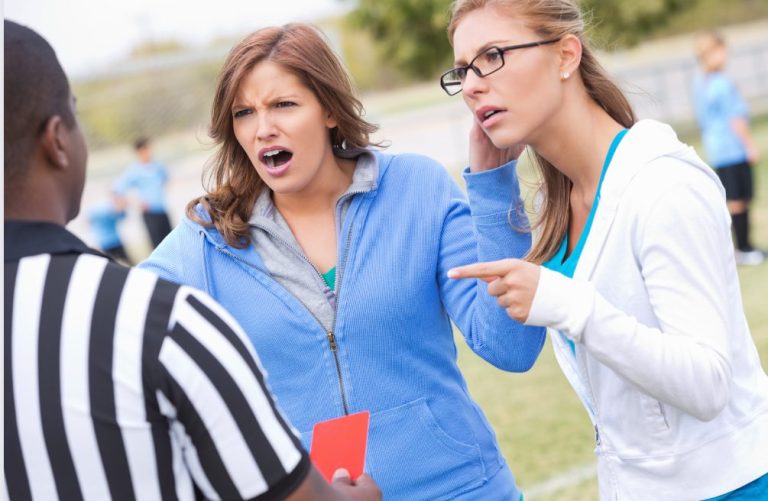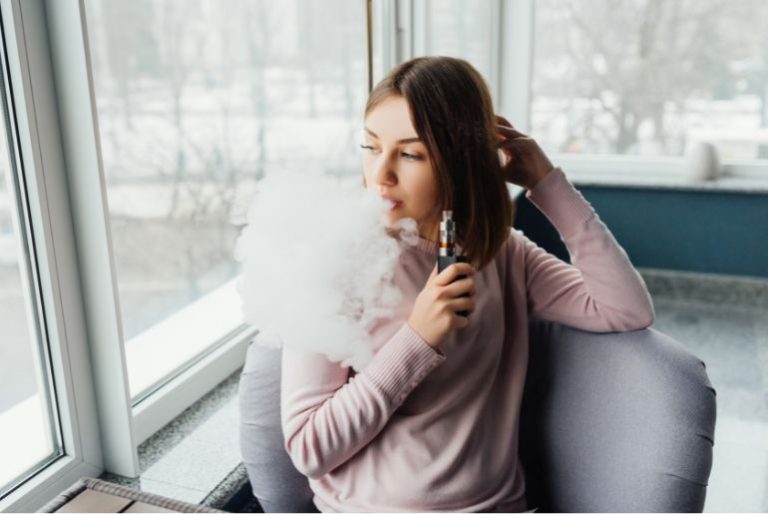Do you have breast lumps? Breast lumps can be grouped basically into two categories:
- Cysts or lumps, generally benign in nature, the most common.
- Malignant tumours: generally breast cancers.
Most lumps in the breast are benign (non-cancerous). Most women have a lump in their breast at some stage in their lives, particularly before the menstrual period, when normal breast tissue, under the influence of hormones, is more likely to become prominent and lumpy. As frightening as discovering a lump in your breast, it is important to bear in mind that most breast lumps are not cancer. Lumps should not be disregarded, however. Here is an article which can give you a few tips on prevention and treatment of breast lumps.
Diagnosis
Breast lumps are perhaps one of the most common reasons for a woman to visit her GP. It has been estimated that up to 50% of all women experience breast lumps at some stage. Each woman should be familiar with her breasts, and can easily detect any changes which may occur. Changes particularly should be further investigated to rule out breast cancer, particularly with advancing age.
This is particularly so if the changes persist from period to period. Many women will palpate their breasts- before their period- precisely the time when non-cyclic changes are difficult to find. When a woman has breast pain only, her breasts should be examined after her next period, if the problem has not been resolved. All breast changes need a thorough evaluation – even if they follow the ‘typical hormonal’ pattern of worsening premenstrually. If you are not happy with your doctor, get a second or even third opinion. I’ve heard on more than one occasion patients tell me: “It was never picked up until I had the lump (and a suspicion) for twelve months”, or “my practitioner said that there was no need for concern”, yet the patient was worried sick for many months after her visit. This is an area where diagnosis and early detection makes all the difference. And can literally make the difference between life and death!
What if I find a dominant lump or a thickened area? The discovery of a dominant lump suggests the need to have it checked out carefully by your GP or Specialist. You may have one of the following:
- A well defined breast lump which may be a fibroadenoma, a cyst or a lipoma (fatty cyst)
- A less well defined area of thickness or lumpiness
- An immobile, hard, non-discrete area – may be a cancer
When you are ready, call your doctor, and ask yourself these questions, because your doctor may want to know the answer to some or all:
- What was the date of your last period?
- When did you discover the lump?
- Has it grown larger or smaller since you first discovered it?
- Have you had lumps like this before?
- Have you had any previous biopsy or surgery to the breast?
- Is there any family history of breast problems?
- What does the lump feel like, hard, soft, grainy, and attached or loose?
- Are you taking any medications/including the pill?
- Do you have any discharge from the nipple?
On average, about one in every five to six lumps is malignant, and the incidence increases with age. You will have noticed this on the chart above, the higher the age, the increasing chance of breast cancer. Here are some of the standard, and not so standard investigations for the findings:
- Thermography
- Mammogram and/or ultrasound
- Needle aspiration and histology
- Lumpectomy and biopsy
Fibroadenomas
Fibroadenomas are the most common benign tumours found in a woman’s breast tissue. They are generally painless, and peak in women aged in their early 20s and are common in women of darker races. They represent a simple overgrowth of the lobules of the breast tissue. These lumps move freely within the breast and can be diagnosed by way of examination, ultrasound or aspiration.
Fibroadenomas generally don’t need removal, as they get smaller over the years or disappear altogether. These benign tumors usually appear in young women, often in teenagers, and, may be easily mistaken for cancer. However, they tend to be more circumscribed and mobile and may feel like a small, slippery marble under the examining fingers. Fibroadenomas can be removed under local anesthesia, but frequently recur. Often, after several such tumors have been established as benign, the patient feels comfortable in leaving a fibroadenoma intact rather than having it excised.
Here is an interesting comparison of how the breast lobules undergo development during your lifetime like the 4 seasons do:
During the springtime – the breast develops – overgrowth of lobules (or ‘leaves’) – fibroadenomas occur.
During the summertime –the breast lives through regular menstrual cycles – pain and lumpiness before the period.
During the autumn – the lobules (or ‘leaves’) of the breast can become yellow & fall, some may become abnormal or even enlarge to become cysts.
During the winter – the leaves (the lobules) have all but gone; some breast tissue can even turn to cancer.
Fibrocystic breast disease
Up to 30% of all women will be diagnosed with fibrocystic breast disease (a benign breast mass) at some stage. Also known as: benign breast disease; breast engorgement; breast tenderness; chronic mastitis; cystic hyperplasia; cystic hyperplasia of the breast, cystic mastitis, and many other names!
- Peaking during the child bearing years, and includes the presence of round lumps in the breast tissue, that move freely and can feel either soft or firm. You may feel a sensation of ‘lumpiness’ or tenderness, which can range from mild to even extreme tenderness.
- Argued by some not to be a ‘disease’, but a commonly experienced premenstrual complaint experienced by many women. Typically, lumps increase in size and tenderness just prior to the menstrual period. Occasionally, some women have a discharge from the nipple as well.
- Some researchers claim that cysts in the breast can lead to breast cancer, although a recent studies has shown this not to be the case.
Breast Cysts Simple
Breast Cysts – Simple cysts are fluid filled sacs that occur in both breasts, they can be single or multiple and can vary in size. They are smooth, mobile lumps which you can feel, and they may be big enough to be seen from outside the breast as well. The are most common with women aged between 40 – 50yrs, and less common with younger and older women. Cysts can even help to produce more cysts.
Fat Necrosis
Fat necrosis is another benign, solid breast mass, which can be diagnosed only by biopsy. This condition occurs occasionally when there is trauma, or a sudden injury, to the breast. Most women find it harder to remember the accident or sudden injury. Fat lumps can form which are hard, round, firm and not painful which develop after a sudden blow to the breast, a fall from a horse, an auto accident, or another form of trauma, are all examples of how a fat necrosis of the breast may develop in time.
Can men develop lumps in the breast?
Yes they can! Men can develop a condition called gynecomastia. This is an enlargement and benign condition where there is a lump which develops under the nipple, which can be tender. In most cases, no specific treatment is needed, since gynecomastia will spontaneously remit or disappear after treatment of the underlying cause. This can be due to a pharmaceutical drug treatment, but also may be due to high alcohol consumption, there are various causes of this condition which need investigation.
Caffeine and breast lumps
Watch out here ladies! There are many well documented studies supporting the relationship between caffeine, methylxanthines and fibrocystic breast. Chocolate in particular, appears to be a problem food for many women with this condition. I recommend any patient who comes to see me regarding fibrocystic breast to avoid caffeine and methylxanthines entirely for 3 months. I have seen several patients diagnosed with lipomas (benign fatty tissue deposits) removed from various parts of the body, to be quite regular chocolate consumers.
Identify and treat Hypothyroidism
It is quite common for a woman in NZ to have an under-active thyroid. It has been estimated that up to 40% of women in NZ are affected with hypothyroidism, and this comes as no surprise to the half of this country who generally complain of tiredness! The nutrients most commonly deficient with fibrocystic breast are iodine, magnesium, copper, manganese, essential fatty acids as well. I would recommend a good thyroid formula from your natural health practitioner.
You are best to take a good multi-vitamin in general to correct any deficiencies of the trace elements which are invaluable in terms of correct hormonal balance. Remember also, higher protein intakes are also required to supply a steady amount of amino acids such as tyrosine and methionine, critical to good metabolic function. So eat fish, chicken regularly and some red meat occasionally.
Treatment of Benign Breast Lumps – a 3-Month Plan
Cystic mastitis, another name for fibrocystic breast, is often associated with PMT as well as ovarian cysts. It is common to have high estrogen levels with this condition. Leading Nutritionist Henry Osiecki mentions that hypothyroidism and low iodine, selenium and several other trace elements may well be important causational factors in estrogen dependent masses, lumps and tumours of the breast, uterus and ovary. Many women today are diagnosed with hormone and immune related disorders, so many in fact that there is strong evidence supporting nutritional supplementation, for at least a three-month period to exclude any nutritional deficiencies.
For a 12 week period, follow these instructions:
- Avoid all caffeinated beverages entirely. This includes coffee, tea, caffeine drinks, and chocolates as well. They all contain a substance known as “methylxanthines” Women afflicted with fluid retention and/or breast tenderness during PMS, would do well to reduce their consumption of methylxanthines, which are implicated in this form of PMS particularly. Although research has shown conflicting results, in my clinical experience it is more common to find women who enjoy and drink coffee as well as chocolate to experience more breast and menstrual problems than those who abstain from coffee and chocolate.
- Increase your intake of iodine rich foods. Fibrocystic breast disease may occur as a result of iodine deficiency and supplemental Iodine may even reverse this condition, where the underlying cause is iodine deficiency. Estrogen hastens the development of the breast dysplasia (abnormal tissue), particularly when deficiencies such as iodine are lacking in the diet.Lugol’s iodine solution, Dosage: 2 -8 drops per day. Taper and maintain at a lower dose, as needed, after improvement is seen (typically, after 3-5 months). Watch for changes in thyroid function, you probably would want to work with a Naturopath at this stage! Uncontrolled and double-blind clinical trials have shown clinically significant improvement in many of cases of fibrocystic breast disease and Lugol’s solution. Research over the years has established a clear link between iodine deficiency and breast as well as ovarian cysts. Alternatively, try some iodine supplements, but ook also at including some sea products into your diet (or take from 1000 – 2000mg kelp each day). Try wakame, hijiki, kombu, nori, etc. See your local health food shop for more information about these seaweeds.
- Increase bowel function. Research has shown that women, who have fewer than three bowel movements per week, have a 4.5 greater risk of developing breast lumps. There is even an association between epithelial dysplasia in fluid drawn from the nipple of breast fluid and the frequency of bowel movements. A 3 month fresh food diet can make a big difference in terms of breast and menstrual health rejuvenation, I therefore generally recommend the avoidance of alcohol, red meats/fats, fried foods, salt, sugar, and take-away in general. In particular, you will take a load off the liver, thereby enabling it to do its job of effectively metabolising your hormones, detoxifying wastes and chemicals of all sorts. Eat one more kiwifruit each day, and have two or three glasses of water. Have a salad each day, and try to include vegetables a few times daily. Look at eating less cooked and processed foods generally.
- Vitamin E. Take from 600 – 800mg each day. Although research has produced conflicting results, in one major study, Vitamin E (600 IU per day) may alleviate fibrocystic breast in approximately 70% of patients. There are newer forms of Vitamin E available. See your practitioner or health food shop, you need to take caution with Vitamin E, particularly if you take heart medication or blood thinning drug like warfarin. The optimal dose for Vitamin E is generally 400iu per day, but you need a little more here. I would not recommend taking high dosages of any vitamins sustained, without supervision of a qualified Naturopath.
- Evening Primrose Oil (3,000 mg per day for three to six months) may alleviate 45% of) cases of fibrocystic breast. Results of randomised trials and open studies in 291 patients with severe persistent breast pain (in whom breast cancer had been excluded) showed that EPO therapy produced an excellent, good or useful result in up to 77% of women with cyclical mastalgia and 44% of those with non-cyclical mastalgia. I’d recommend that you also supplement with a high-quality Omega 3, it pays to offset the high levels of linoleic acid & GLA with the super saturated fatty acids, EPA and DHA which are found in Omega 3 (fish oil). One to two capsules per day is sufficient.




